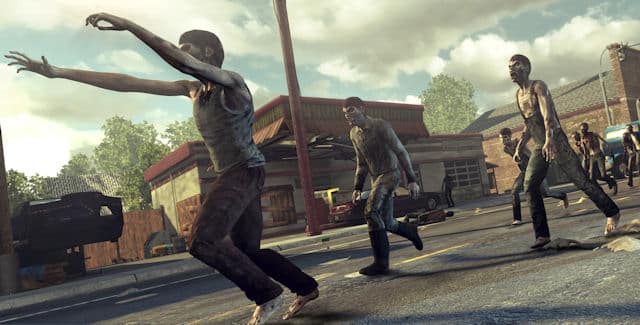

In Mordecai Richler’s Barney’s Version the main character is dying over the entire course of the book, leading the reader to focus on every moment of life he wasted as the story unfolds in flashback. The death is sudden and unexpected, and serves the theme of horror through powerlessness and injustice.


In Stephen King’s Desperation a father is killed out of nowhere, having survived most of the book and seemingly out of reach of the antagonist. How you kill a character is strongly influenced by the purpose of their death. Of course knowing when to kill a character influences how you kill them. Write the death for the character, not the character for the death Click To Tweet After that point the question ‘when shall I kill off a character?’ can be answered by deciding what purpose the death serves and what moment will be most impactful in service of that purpose. If your character begins as a vehicle for their own death it’s essential to move them past that point, so that their end feels like a genuine loss. The best character deaths are heart wrenching for the author and the reader. If you consider a character’s death and hesitate because part of you wants to keep them around, then you’re onto a winner. A good rule of thumb is your own reluctance to kill them. If a character is going to die then they need to be unique and well realized. If characters are solely around for their deaths then readers will never invest in them, and won’t care once they’re gone. Of course authors have to think about function (it’s not as if Steinbeck started writing George and Lenny’s adventures without knowing their tragic end) but you can’t stop there. This most often happens when an author wants to justify a threat, including a character for the first quarter of the novel just so they can be killed by the primary antagonist. Pretty much any purpose can be valid, and can be written brilliantly, so long as it obeys one simple rule: Write the death for the character, not the character for the death.Ĭharacter deaths ring untrue when it’s apparent to the reader that the character is only in the story to die. In Robert Kirkman’s The Walking Dead deaths frequently occur without warning, establishing the vital theme that the characters are never safe. In John Steinbeck’s Of Mice and Men the heart breaking death occurs in the last few pages, once we know and perhaps love the victim, hammering home the idea of poverty leaving people helpless and hopeless. On the other hand if the purpose is to establish a sense of danger then a character can die on the first page.Ĭharacters should be killed off at the moment when the purpose of their demise will be most impactful. If the purpose is to cause an emotional reaction then it’s often more impactful for the reader to get to know a character first. There’s no too early or too late, just appropriate times for different purposes. Where you kill a character in your narrative depends on the purpose of their death. Sometimes it’s for emotional impact, sometimes it’s central to the plot, and sometimes it just feels natural. There are a lot of reasons authors are driven to kill off a character. The question that first has to be answered is: why should you kill a character? Impact Of course what authors want to know is where in their story characters should die, but ‘about four ninths in’ isn’t helpful. This question can often be confusing, because the way it’s asked confuses form with function. In this article, I’ll get to the bottom of what makes a character’s death resonant, and will outline the situations in which authors should consider killing off a character. When done right, a character’s death can break a reader’s heart, but if done wrong it’ll just exhaust their patience.

It’s also incredibly difficult for authors, being a little like purposefully breaking one of your own toys. How and when you choose to kill off a character can make or break a novel.


 0 kommentar(er)
0 kommentar(er)
